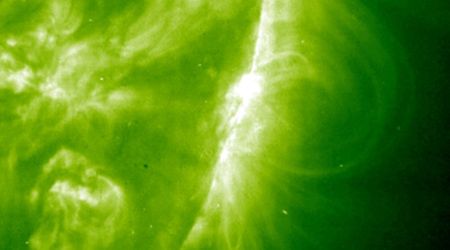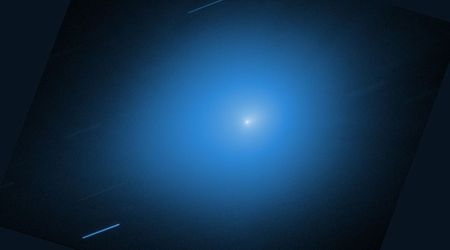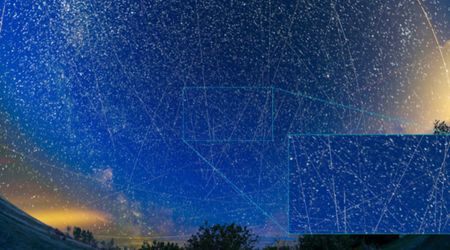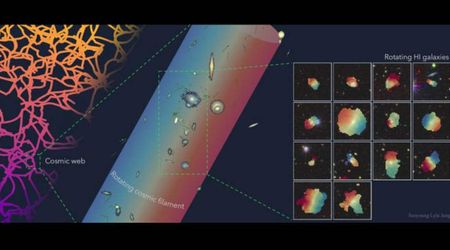Venus Aerospace tests game-changing hypersonic rocket engine in historic first U.S. flight

Venus Aerospace, a startup based in Houston, achieved a remarkable milestone with the first U.S. test flight of a Rotating Detonation Rocket Engine (RDRE). The launch occurred on May 14 at Spaceport America in New Mexico. The subscale rocket, powered by Venus' RDRE, lifted off at 9:37 a.m.EDT (1337 GMT; 7:37 a.m. local time in New Mexico). According to the company, this successful test brings them closer to their goal of accessible, affordable, and sustainable high-speed flight, as per the recent article on Space.com.

Venus CEO Sassie Duggleby stated, "This is the moment we've been working toward for five years." She added that the test serves as proof of design for Venus's RDRE and keeps the company on track for runaway-based high-speed flight, emphasizing, "We've proven that this technology works — not just in simulations or the lab, but in the air."
The compact and highly efficient design of the Venus RDRE holds the promise of enabling aircraft to reach speeds of up to Mach 6 (six times the speed of sound) and take off from standard runways. This approach offers a notable advantage over traditional rocket engines, providing greater thrust in a more compact form factor. While RDRE technology has been explored theoretically and through limited experiments, the historic test flight now paves the way for advancement in practical applications. Unlike traditional rocket engines that rely on a steady and controlled combustion of fuel within a chamber, RDREs operate using a continuous detonation wave. This wave travels in a circular path inside a ring-shaped chamber, resulting in enhanced pressure and efficiency, and consequently, greater thrust with less fuel expenditure.
Andrew Duggleby, Venus CTO, also stated, "This milestone proves our engine works outside the lab, under real flight conditions." He continued, "We've built an engine that not only runs, but runs reliably and efficiently — and that's what makes it scalable."

The RDRE is engineered to function together with Venus's VDR2 air-breathing detonation ramjet. This integrated approach, according to the company, will allow for sustainable hypersonic flight, which is typically defined as speeds of Mach 5 and greater, without the necessity of a booster rocket. "This is the foundation we need that, combined with a ramjet, completes the system from takeoff to sustained hypersonic flight," Andrew Duggleby added, as mentioned by Space.com. Following this successful test, Venus Aerospace is now planning a full-scale propulsion test of its integrated RDRE and VDR2 systems. The next steps are crucial as the company works to qualify the design of their future Stargazer M4, a Mach 4 reusable passenger aircraft.

Driven by a projected global hypersonics market exceeding $12 billion by 2030 across defense, aerospace, and commercial aviation sectors, Venus Aerospace's successful demonstration positions them as a frontrunner in affordable hypersonic systems, per a press release shared by the company. As they move towards further testing and deliveries to government partners, Venus is actively contributing to the resurgence of US leadership in high-speed flight. According to Phillip Sarofim, the founder and CEO of Trousdale Ventures, "Venus Aerospace is proving that visionary engineering teams can still build world-changing technology on startup timelines. We're proud to back founders who are making history and showing the world how hard tech gets built," stated the press release.









